Brand Journeys
The Vic Firth
BRAND Journey
Performance without Limitation...by Design
For nearly 60 years, we at the Vic Firth Company have focused on developing and manufacturing what has become the world's most popular drumsticks, mallets, alternative implements, and accessories… with the best durability, feel, and sound options, across the widest variety of genres and styles. As drummers ourselves, we know that every pair of hands that holds a “Vic” is different, and having the widest spectrum of products to allow you to find that “perfect pair” is just as important to us as it is to you. Because we know, having a tool that you can feel confident in lets you be in your zone and unlock a different level of performance. Your way, your style – we have what you need to get the job done. After all, that search for perfection is why Vic Firth started his company in the first place.
History of
VIC FIRTH


Vic didn't settle.
Neither should you.
Our journey began in the late 50’s/early 60’s when Vic Firth, a musician himself, was not satisfied with the variety of sticks and mallets he could find in the market. As the Principal Timpanist with the Boston Symphony Orchestra, he started crafting his own sticks and mallets in his garage, meticulously poring over specs and details until he made exactly what he needed for his own feel and quality of sound. Sometimes he would whittle the sticks by hand, other times he enlisted the help of a wood turner. As word of his implements spread through his students and other percussionists, calls for orders from music stores started coming in. Vic’s idea that each drummer should be able to find their own perfect pair, and not simply settle for what's out there, is at the core of our brand. Our catalog now includes over 200 varieties of sticks and mallets that range in length, taper, tip, and material.. all designed to help you find a match for your own feel and your quality of sound.
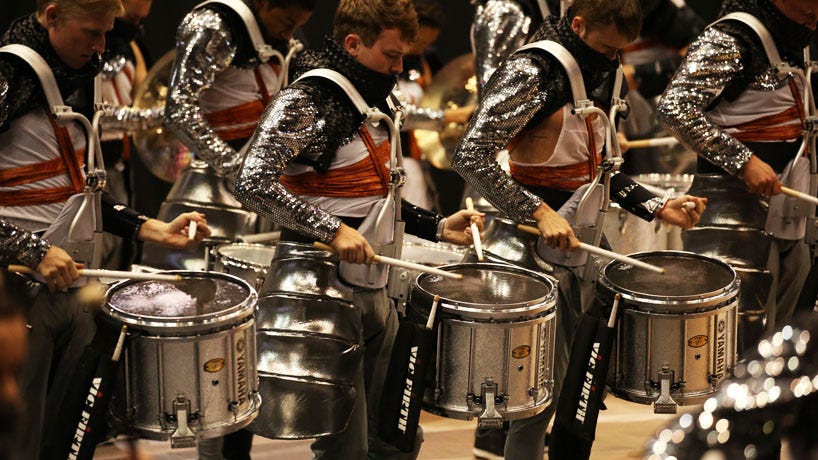

MADE FOR DRUMMERS,
PERCUSSIONISTS, AND YOU
We too are drummers, musicians and music lovers. From the factory floor all the way to our global artist family, we create products that are informed, invented, made, and tested by players just like you. And just like you, we know that no two pairs of hands are the same. That’s why our lines of sticks and mallets range from light to heavy, thick to thin, long to short, tacky to smooth, and everything in between. Whether your stage is a rock club, concert hall, football field or the practice room, we’re focused on delivering the instruments you need and the quality you deserve.
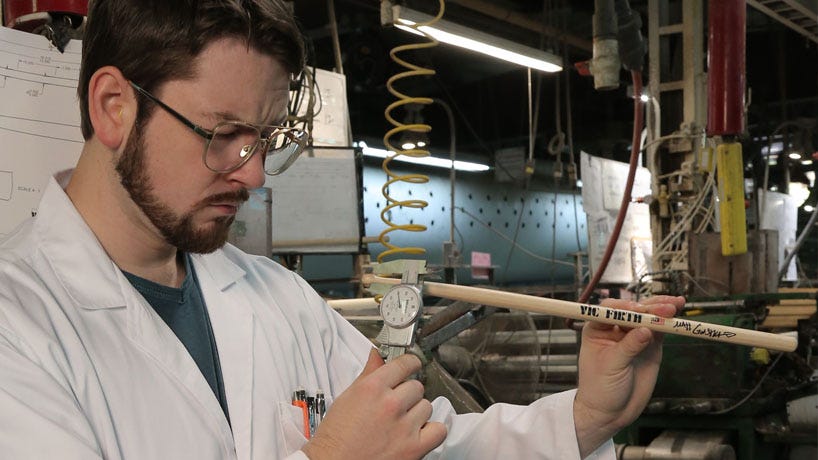

HOW IT'S MADE MATTERS
Throughout the years, we have led the way and have set the standard for how drumsticks and mallets are made. From our wood drying process that ensures straightness, to centerless grinding, all the way to how each pair of sticks is weight-matched and pitch-paired, every detail matters. Our factory combines the consistency of technology and machines, with the discerning eyes and ears of drummers, percussionists and wood experts. Every step of our process is manned by human hands. It is this attention to detail that yields the perfect blend of durability, feel, and sound.
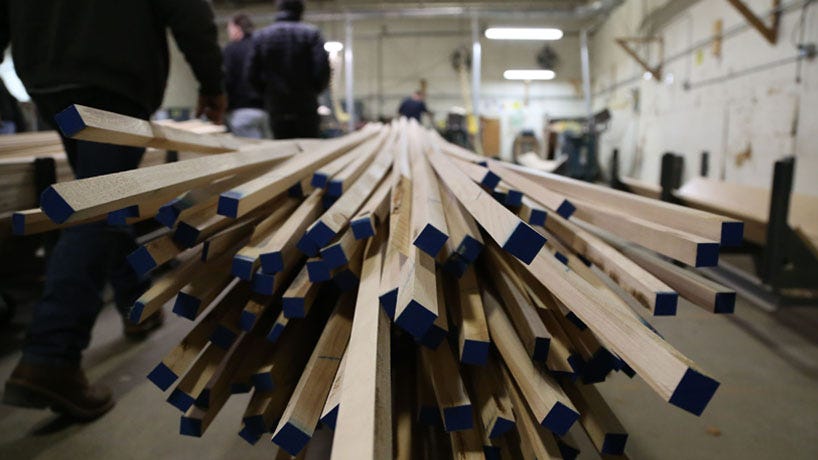

Our Commitment to the Planet
The Vic Firth Factory is located in the heart of Maine. And anyone who has witnessed the beauty this State offers can understand why being environmentally-minded has been part of our DNA since the very beginning. From the factory floor, to our packaging, to how our products arrive at your local music store, we've made efforts to find the most Earth-conscious solutions available. We work hard to ensure that we can continue to make the best sticks and mallets possible, without sacrificing the environment. This includes sustainably sourcing our wood to ensure that hickory (which makes 90% of our sticks) and other hardwoods will be around for generations to come. This also includes reclaiming 90% of the water we use in our centerless grinding process, re-using sawdust and waste wood to create a carbon-neutral heat source to keep the plant warm in the winter and keep the kilns running year-round. Vic Firth was also the first company to package paired drumsticks in 100% recyclable paper sleeves, now an industry standard that eliminates millions of plastic bags in landfills each year.


MORE THAN A GLOBAL ARTIST FAMILY
The Vic Firth family spans the Globe. We are fortunate to have a long history of partnering with the world’s top drummers, percussionists, and educators. Collaboration with musicians across all countries and genres is a key factor in our success. Together our team continually creates and innovates in new spaces like product and education, and is vital in helping us to meet the demands of musicians today and tomorrow.


IN GOOD COMPANY
Vic Firth is now part of the Avedis Zildjian Company’s Family of Brands. In 2010, we merged with Zildjian, the world's leading cymbal manufacturer. This decision was part of Vic's vision for the future of his company beyond his lifetime. With a similar family approach to business, longevity, and stability as industries leaders, plus our mutual commitment to excellence, it made combining our two companies a perfect match. In 2018, given the expertise behind Vic’s manufacturing process, Balter Mallets also joined the family to ensure the same quality and consistency they had come to be known for would continue. The Avedis Zildjian Company now represents the top brands in cymbals, drumsticks, and mallets. All of these implements and instruments are made in our factories in Norwell MA, and Newport ME, in the USA.
400 YEARS OF HISTORY
Origins
1618&Discovering the Secret Process

Janisarry (Mehter) Band
1618
Avedis I, an Armenian alchemist living in Constantinople, discovers a secret process for treating alloys and applies it to the art of making cymbals of extraordinary clarity and sustain. The sultan's famed Janissary bands are quick to adopt Avedis' cymbals for daily calls to prayer, religious feasts, royal weddings, and the Ottoman army.
1622&ZIL-DJ-IAN

Osman II, Sultan (1616-1622)
1622
Sultan Osman II gives Avedis 80 gold pieces and the family name 'Zildjian', which means 'cymbal smith' in Armenian (Zil is Turkish for 'cymbal', dj means 'maker', and ian is the Armenian suffix meaning 'son of').
1623&The First Cymbal Foundry
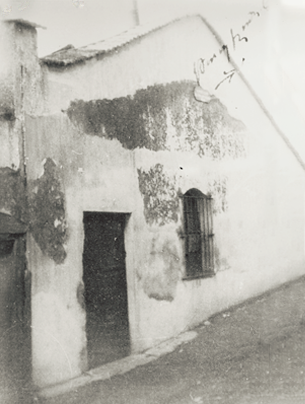
Zildjian Foundry in Samatya
1623
In 1623, Avedis receives the Sultan’s blessing allowing him to leave the Ottoman palace to start his own cymbal foundry in the suburbs of Constantinople (Samatya).
1651&The Secret Lives On
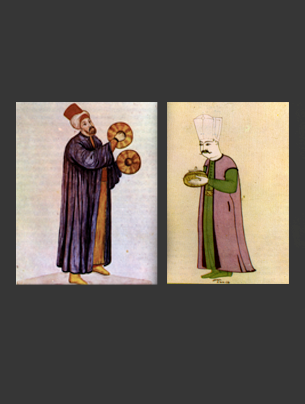
‘Zilzen’ (cymbal player) showing cymbals played both vertically and horizontally
1651
Avedis passes the secret process to his eldest son Ahkam, who succeeds Avedis in 1651.
1680&Classical Composers

Nicolaus Adams Strungkally
1680
Classical composers begin to incorporate cymbals into their works, the first known example being German composer Strungk in his opera "Esther".
1700s&European Military Bands

Joseph Haydn and Wolfgang Amadeus Mozar
1700s
During the 18th Century, cymbals become increasingly popular in European military bands. In 1782, Mozart uses cymbals to represent the popular Janissary music in Il Seraglio. Twelve years later, Haydn uses cymbals in his 'Military Symphony'.
1800s&Orchestras
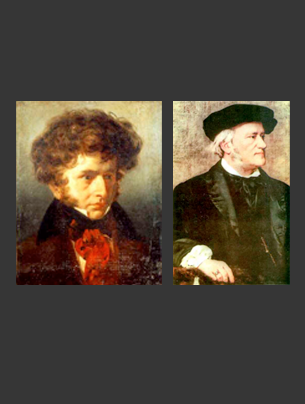
Hector Berlioz and Richard Wagner
1800s
During the mid to late nineteenth century, Berlioz and Wagner begin featuring an abundance of cymbals in their compositions and request that only Zildjian cymbals be used. Cymbals achieve an important and permanent position in orchestras.
1865&Kerope Zildjian
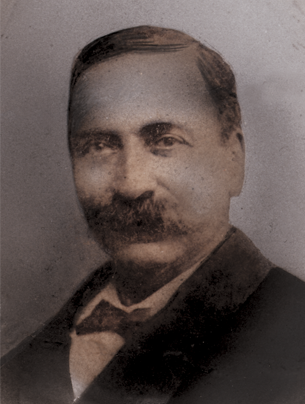
Kerope Zildjian
1865
Upon the death of Avedis II in 1865, the business passes to Avedis' younger brother Kerope because Avedis' sons (Haroutune II and Aram) are too young. Kerope exports 1300 pairs of cymbals per year throughout Europe and continues to travel to exhibitions, winning honors in Paris (1867), Vienna (1873), Boston (1883), Bologna (1888) and Chicago (1893).
1868&The Ottoman Empire

Abdul-aziz, Sultan of the Ottoman Empire (1861-1876)
1868
After a series of disastrous fires, the Zildjian family is unable to pay their accumulated debts. The Zildjians receive attractive offers to transfer the business to Paris but do not want to leave their homeland... Sultan, Abdulaziz intercedes, ordering that “everything necessary is done to help the Zildjian family, whose quality of cymbals is unrivaled throughout the world”.
1909&The Haroutune's Family
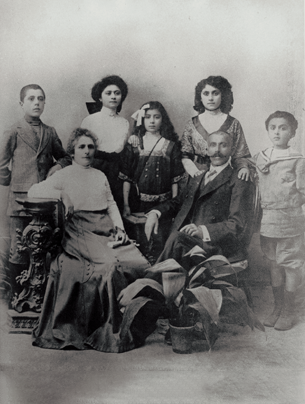
Haroutune’s Family (Avedis III not pictured as he is already in America)
1909
In 1909, the year of his death, Kerope passes the secret process back to Avedis' family. Avedis' older son Haroutune II declines his birthright in favor of entering a career in law and politics. The secret then goes to Haroutune’s younger brother Aram (the second son of Avedis II.)
1910&Aram Zildjian
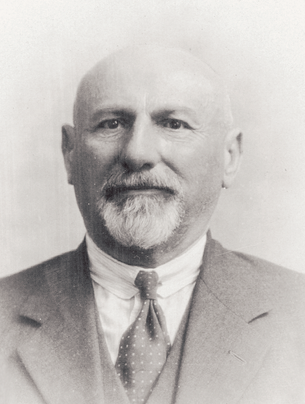
Aram Zildjian
1910
Aram finds it difficult to continue manufacturing cymbals in Constantinople during a period of political upheaval. After joining the Armenian National Movement, he is forced to flee to Bucharest where he opens a second Zildjian factory. Eventually, Aram returns to his native country, where he exports cymbals around the world, especially to America, now the largest consumer of musical instruments in the world.
COMING TO AMERICA
1927&The First American Cymbal Factory
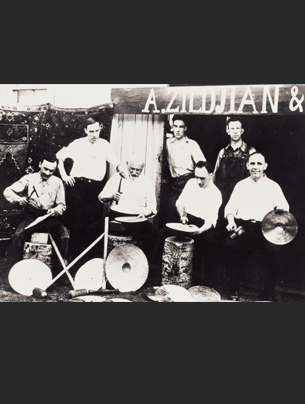
The First American Cymbal Factory
1927
In 1927, Aram writes his nephew, Avedis III, who is already living in America, telling Avedis that it is now his turn to carry on the family business. Avedis III, the only surviving male in the direct line of succession, is now an American citizen, who owns a successful candy factory. Avedis tells Aram that he would not return to Turkey, but would like to relocate the family business here in America.
1929&Avedis III
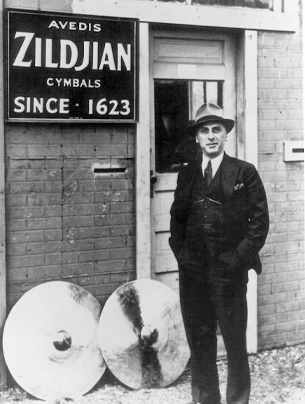
Avedis III
1929
Aram agrees to come and help Avedis set up the first Zildjian cymbal foundry in America. The company is incorporated in Quincy, Massachusetts in 1929 just as the Jazz Era begins.
1930&Avedis and Gene Krupa
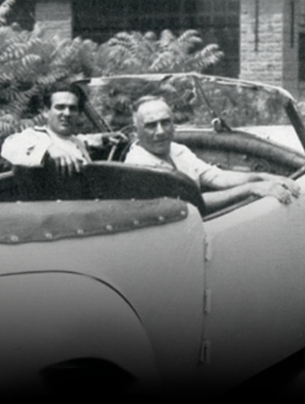
Avedis & Gene Krupa
1930
Avedis develops a life-long relationship with Gene Krupa, who helps Avedis adapt marching cymbals to the emerging drum set by encouraging Avedis to make thinner cymbals.
1935&Armand Zildjian
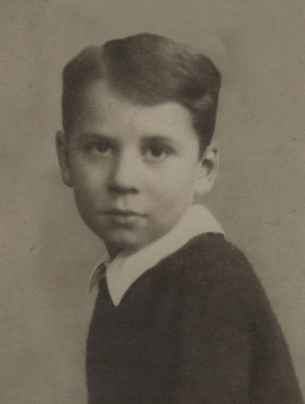
Armand Zildjian
1935
Avedis passes along the secret process to his 14-year-old son, Armand, who begins learning every facet of the business.
1936&Chick Webb, Avedis, and Papa Jo Jones
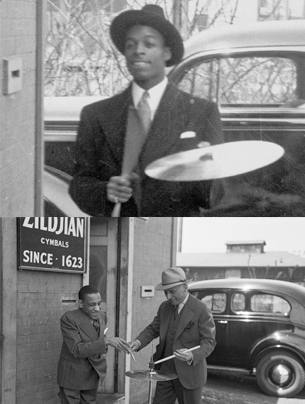
Chick Webb, Avedis, and Papa Jo Jones
1936
Avedis is also quick to embrace the talented African-American musicians who are leading the jazz movement. Having been discriminated during his own childhood as an Armenian living in Turkey, Avedis vows there will be no place for discrimination at the Zildjian Company. He works closely with artists like Chick Webb and Papa Jo Jones (who helps Avedis refine the HiHat.) During this period of innovation the "Paper Thin Crash", "Ride", "Splash", "HiHat" and "Sizzle" cymbals are all developed and named by Avedis.
1940&WWII
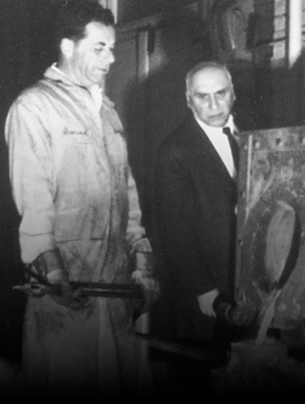
Armand and Avedis in the Melting Room
1940
Once America enters the Second World War, both copper and tin are rationed by the War Production Board. Avedis, however, receives enough of an allocation to fill American and British military orders. This allows the business to continue through the tough war years even though Zildjian's group of highly trained metal-smiths is reduced to just three men.
1945&The Legacy Continues
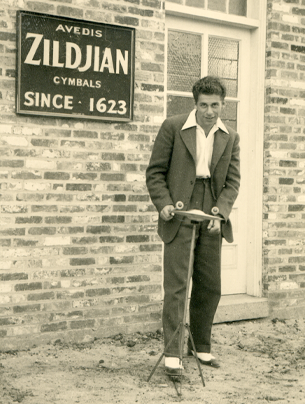
Armand at 39 Fayette Street, Quincy, MA
1945
World War II also marks the only time the secret process is ever actually written down. Avedis keeps a copy of the formula in the company vault and another in his home in the event that his sons don't return from the war. In 1945, Armand Zildjian, the most musical of all the Zildjians, returns from the war ready to assume responsibility for the manufacturing side of the business. Armand can now experiment with developing new sounds, an opportunity he has looked forward to for many years.
Following the music
1950&Modern Jazz
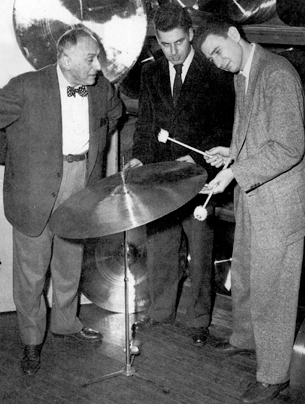
Avedis and Armand with Shelly Manne
1950
By 1950, Zildjian employs 15 workers, increasing output to 70,000 cymbals per year. The post-war economy and growing popularity of “modern jazz" continues to grow sales.
1951&Quality Hand Selection
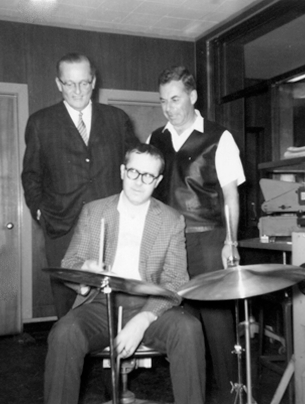
Harold ‘Tommy’ Thompson (Boston Symphony Orchestra) and Joe Morello with Armand
1951
In hand-selecting cymbals for all the top professional drummers, Armand acquires a keen sense of what drummers are looking for. He is able to manipulate the subtleties of cymbal making to create the sounds drummers want and to address the changes taking place in music.
1954&The Father of Artist Relations
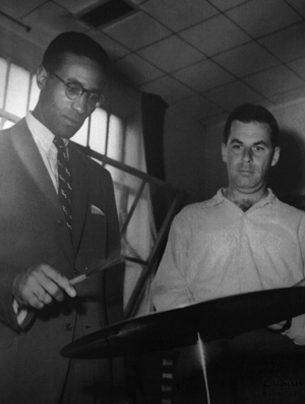
Armand working with Max Roach
1954
Following his father's lead, Armand Zildjian, also known as the "Father of Artist Relations," develops close personal relationships with all the top drummers and percussionists of the day, such as Gene Krupa, Buddy Rich, Max Roach, Shelly Manne, Elvin Jones, and Tony Williams.
1963&Louie Bellson
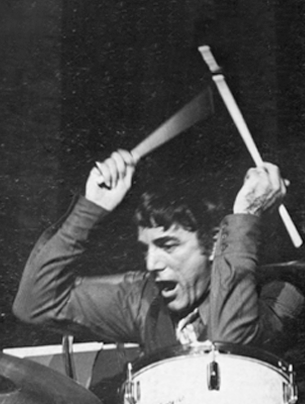
Louie Bellson
1963
Inspired by Louie Bellson, Zildjian introduces 'New Beat' HiHats, matched with a lighter top cymbal but heavier bottom for a more pronounced "chick" sound. 'New Beats' become standard equipment for all drummers overnight.
1964&The Beatles
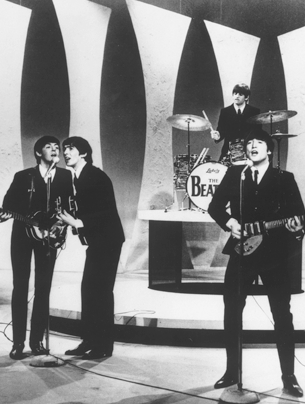
The Beatles
1964
The Beatles appear on The Ed Sullivan show and the demand for Zildjian cymbals explodes. The company ends the year with 90,000 cymbals on backorder.
1973&A New Home
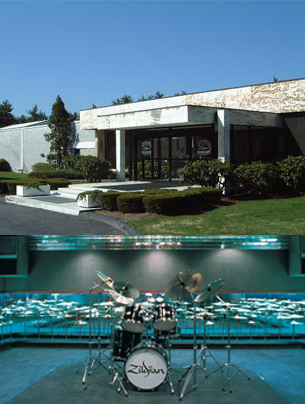
Zildjian Headquarters, 22 Longwood Drive and Inside Zildjian’s Drummers Lounge, Norwell, MA
1973
Zildjian opens its new state-of-the-art manufacturing facility in Norwell, Massachusetts in time to celebrate its 350th Anniversary (the facility is twice expanded in 1981, and again in 1998.)
1976&Craigie Zildjian
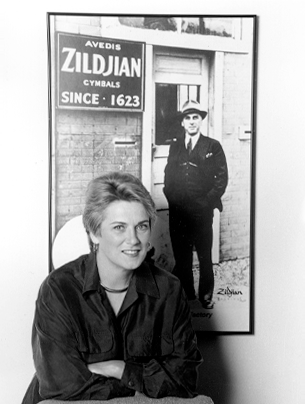
Craigie Zildjian
1976
Breaking with tradition, Avedis invites his granddaughter Craigie Zildjian to join the family business. For the next three years, there are three generations of Zildjians working side-by-side in the family firm.
1977&Armand Zildjian
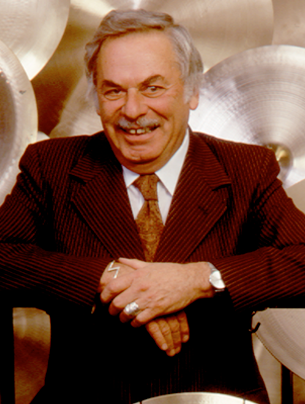
Armand Zildjian
1977
In 1977, Avedis names Armand President of the company. Armand sets a company-wide mission to take cymbal making to the next level. He invests millions to update the manufacturing operation and expand R&D in the newly created 'Sound Lab'.
1979&Avedis Zildjian
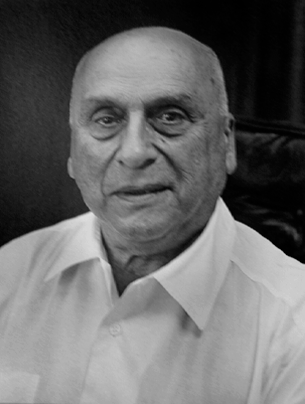
Avedis Zildjian
1979
Sadly, Avedis passes away and Armand becomes Chairman of the Board.
1980&Revolutionary Advances
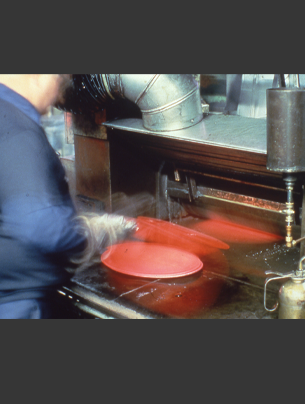
Zildjian Factory
1980
In the early 1980s, Armand reinvests profits to finance such revolutionary advances in manufacturing as the rotary hearth, double rolling mills, and computer-controlled random hammering. Armand now has the equipment he needs to find the new sounds he is looking for.
1981&The Handcrafted New K
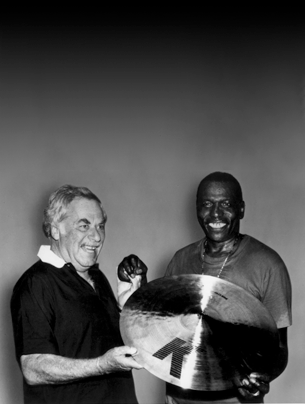
Armand with Elvin Jones
1981
Working with noted 'K' drummers Elvin Jones and Tony Williams, Zildjian re-launches the legendary, handcrafted 'K' line (named after Kerope Zildjian).
INNOVATION
1986&Zildjian Day
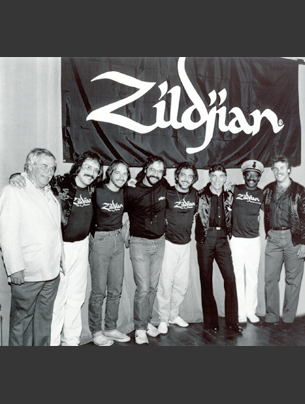
The first "Zildjian Day"
1986
Armand's son, Rab Zildjian, opens an Artist liaison office in Los Angeles, California and pioneers the first 'Zildjian Day' - a full-day drumming clinic, which quickly becomes a model for Percussion Days within the music industry. Zildjian also introduces the K/Z combination HiHats, the first HiHats created through the matching of the top cymbal from one range with a bottom cymbal from another.
1988&Zildjian Drumsticks
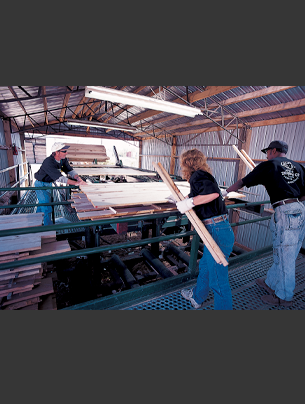
Cutting wood at the Zildjian Drumstick Factory, Moundville, AL
1988
Zildjian sets up its own fully integrated Drumstick Manufacturing Facility in Alabama, the heart of hickory country. Zildjian drumsticks soon become the first choice of top drummers like Louie Bellson, Tony Williams, Vinnie Colaiuta (Sting), Dennis Chambers (Santana), and Joey Kramer (Aerosmith).
1990&A Custom

Vinnie Colaiuta (Sting)
1990
Vinnie Colaiuta (Sting) helps Zildjian develop the 'A Custom' range of cymbals. 'A Customs' set a new standard in modern cymbal making, soon becoming one of Zildjian's most popular models.
1995&A Home for Orchestral
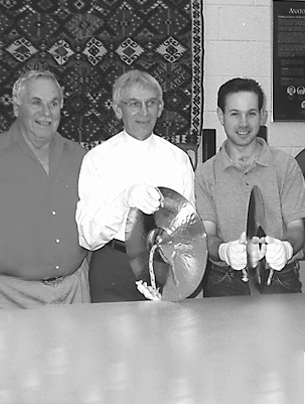
Bill Platt (Cincinnati Symphony Orchestra) pairs cymbals in Zildjian’s new Orchestra Room
1995
In 1995, the Zildjian Company designs a special room to assist orchestral players with their cymbal matching and selection process. Early visitors to this one-of-a-kind room include the Boston Symphony, London Symphony, and Royal Concertgebouw.
1996&ISO Quality Certification
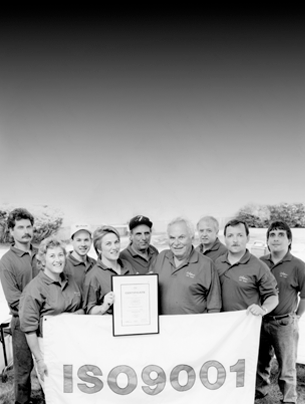
Debbie, Craigie and Armand with the ISO Quality Certification Team
1996
Zildjian becomes the first Percussion Company in the world to obtain the prestigious ISO 9001 Quality Certification. ISO 9001 is a quality system recognized worldwide for manufacturing facilities that pass rigorous quality standards.
1999&The Next Generation
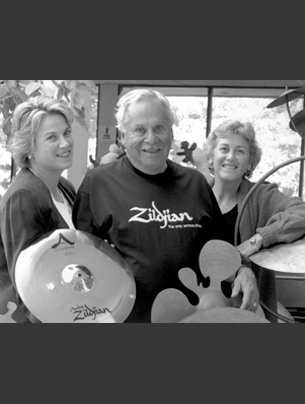
Craigie, Armand, and Debbie
1999
Armand Zildjian names his daughter Craigie, Chief Executive Officer. She becomes the first woman to ever hold the position. His younger daughter Debbie becomes Vice President of Human Resources and assumes responsibility for the same secret process of combining alloys.
2002&K Constantinople
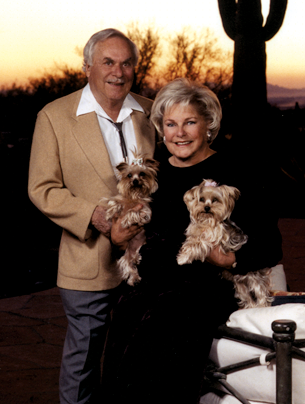
Armand with his wife Andy new Orchestra Room
2002
The K Constantinople Cymbal is Armand's last R&D project. He begins by developing an orchestral line but finds that these orchestral models also make great Ride cymbals. Beloved Chairman, Armand Zildjian, passes away at his home in Scottsdale, Arizona on December 26, at the age of 81.
2004&The 15th Generation
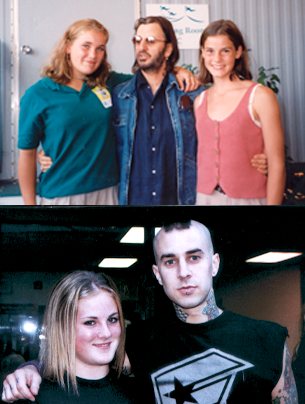
Cady and Emily Zildjian with Ringo Starr; Samantha Zildjian with Travis Barker
2004
The 15th generation of Zildjians, Cady, and Emily (Debbie's daughters), and Samantha (Craigie's daughter) carry on the tradition of family participation in the oldest family-run business in the USA.
2006&K Custom Hybrids
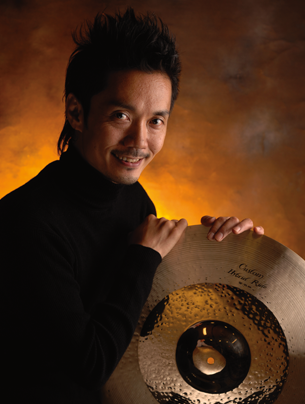
Akira Jimbo
2006
Designed with Akira Jimbo, the K Custom Hybrid Series combines two distinct lathing patterns that create the possibility of two different sound dynamics depending where the cymbal is played. Praised for its versatility and ability to produce both dark and bright overtones, the K Custom Hybrid series is awarded top industry and consumer awards.
2010&Vic Firth
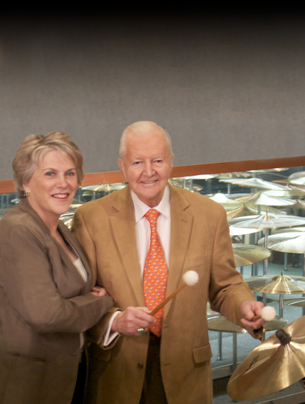
Craigie Zildjian and Vic Firth
2010
The Avedis Zildjian Company, the world’s leading cymbal manufacturer, and the Vic Firth Company, the global market leader in drumsticks, join forces on December 20, 2010, bringing together two of the most respected legacy brands in the music industry.
2018&Balter Mallets
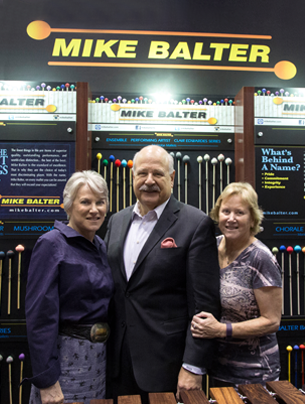
Craigie and Debbie Zildjian with Mike Balter
2018
Zildjian acquires the leading percussion mallet manufacturer, Mike Balter Mallets. A new manufacturing facility in Newport, Maine is purchased to accommodate the company’s growing drumstick and mallet business.
2023&400th Anniversary

2023
Zildjian celebrates its 400th Anniversary, continuing its legacy of creating sounds that inspire people to express themselves through music.
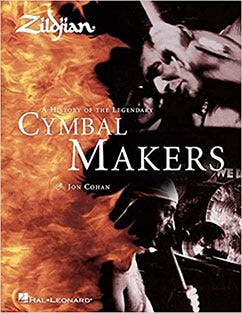

Zildjian:
A History of the Legendary Cymbal Makers
Filled with never-before-seen photos, memorabilia and recollections from legendary drummers, this book tells the exciting story of the world’s most popular cymbal company of the occasion of its 375th anniversary, from its beginnings in 17th-century Turkey to today.
BUY ON AMAZON
